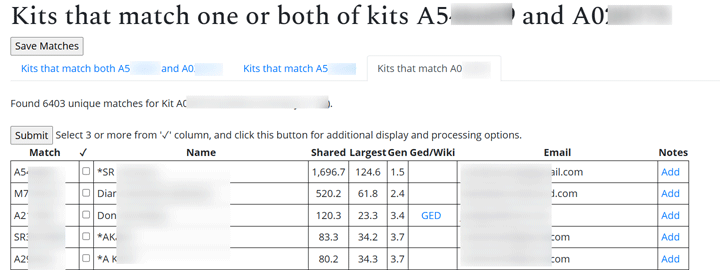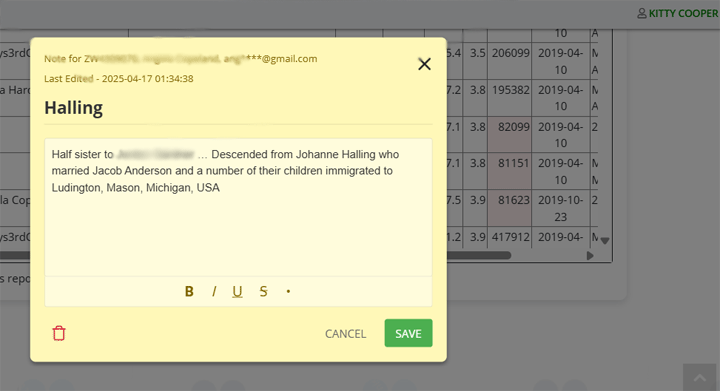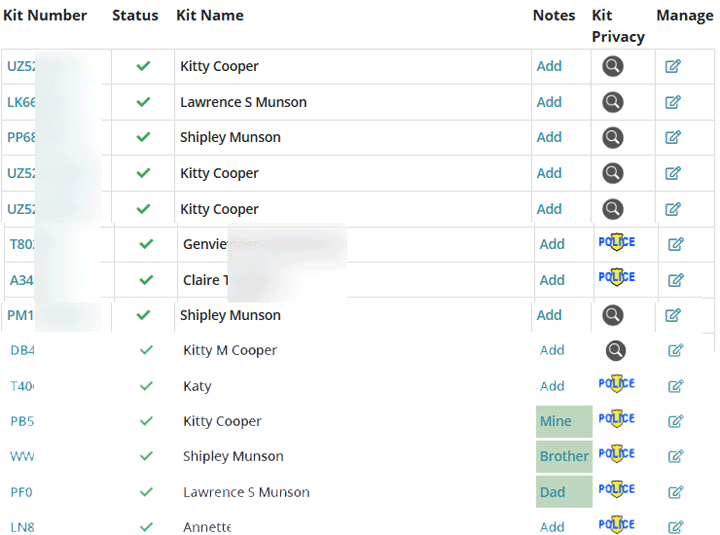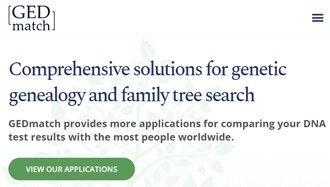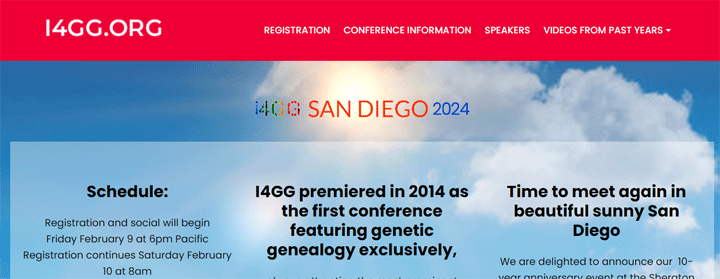There are many stories about families where the baby of an unwed teen was passed off as her own mother’s child. A recent query in a FaceBook group asked whether DNA testing could tell whether her aunt, her mother’s much younger presumed sister, was one of those cases, so actually the asker’s half sister. The problem is that the amount of cM shared by those two relationships completely overlaps, roughly 1600-2000 with outliers (click here for the charts at DNApainter).
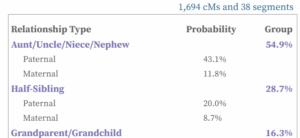
Known paternal half siblings at DNA-sci
Previously I collected data and studied segment sizes to see how to tell those relationships apart (click here), finding that paternal half siblings will share more larger segments than aunt/uncles. However in this particular case, maternal half siblings, the difference is less clear. Click here for the calculator at DNA-SCI that takes segment sizes into account by using the number of segments. When I tried using it with the numbers of a pair of known paternal half siblings, that calculator predicted that aunt or uncle was more likely (see image). So this approach will not give a clear answer.
A half sister will get half their DNA from their other parent. This will usually result in some close matches that are not shared. On the other hand, an aunt’s close matches should all be shared with her niece, since they share the same ancestors, so looking at their “not in common” matches might work. The niece, however, is expected to have close matches from her other parent’s side. Here are some half sibling examples from the tool “Match Both or 1 of 2” on GEDmatch:
Notice that each half sibling has a match larger than 200 cM that is not shared with the other. If you have pro tools and access to both accounts on Ancestry, you can also look at this by comparing each person’s list and the matches in common. There is no automated way to do that there yet. Family Tree DNA has a “not in common with” feature, but no other company has it.
